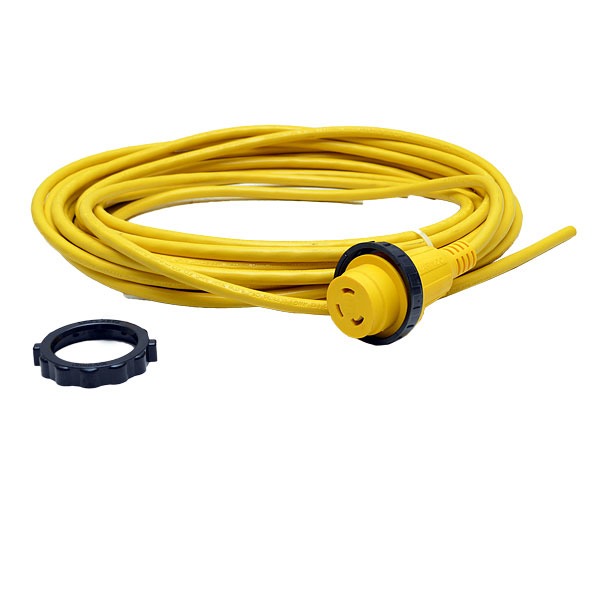
- #Boat shore power converter generator
- #Boat shore power converter professional
- #Boat shore power converter series
Highest availabilty for the operations in ports. Lower operating cost with better efficiency Generating savings, as ships at port can shut down their engines, when electricity is less costly than fuel. Protecting all on board sensitive equipments against shore supply faultsįacilitating maintenance or repair on auxiliary engines while not in operation These power diesel generators produce noise vibrations exhaust smoke air pollution gases and CO2 emissions, as well as consume vast amounts of unpleasant smelling diesel fuel.Įliminating all ship engine emissions in the portsĮnsuring compliance with Marine Class requirements.Įxtra power availability on low voltage shore supplies
#Boat shore power converter series

Hareland currently works at China Lake Naval Air Warfare Station as a microwave-communications technician.


Navy, Coast Guard, the Military Sealift Command-Pacific and has worked for Maersk Line Limited and Norwegian Cruise Line. –įredrick Gary Hareland holds an AAS degree in rescue and survival operations and in avionic systems technology and is a certified marine electronics technician and NARTE certified telecommunications technician.
#Boat shore power converter professional
Mastervolt Newmar Professional Mariner, LLC SAM Electronics Victron Energy B.V. This list is from the Marine Electronics Buyers’ Guide put out by the National Marine Electronics Association (NMEA).Īnalytic Systems Atlas Marine Systems Charles Industries LaMarche Mfg. Here is ASEA’s website: The following is a list of other manufacturers who build boat electrical equipment specific to shore power/power generation. ASEA has a great variety of other more capable units that go all the way up to 500 kVA and three-phase models. Today, companies such as ASEA manufacture static converters as small as 8 kVA, single phase which is bulkhead mounted and weighs only 230 pounds. Originally, these converters were too bulky, heavy, and expensive for smaller boats, however that has changed due to improvements in technology. Then a built-in high efficiency inverter takes the DC power and creates your desired AC output voltage and frequency. The converters input is the AC from the shore power source, which is then rectified to direct current (DC) power internally. These converters are designed to accept a wide variety of shore power voltage and frequency and to output clean power at your boat’s designed voltage and frequency requirements. There are all kinds of electrical devices designed to protect and enhance shore power, everything from isolation transformers to inverters to power supplies, but the ultimate technological solution is known as a static frequency converter or solid state frequency converter. Of course, resistive devices such as heaters will work just fine on 50 or 60-Hz frequencies. Also, a 60-Hz transformer being run on 50 Hz will also draw more current and run hotter.

If you run inductive equipment (motors) designed to run on the higher 60-Hz frequency on the lower 50-Hz, the motors may run slower or use higher current. It comes in two varieties: 50 Hz or 60 Hz. This is why you need proper and fairly sturdy line voltage without fluctuations, because when line voltage goes lower than optimum, appliance motors will draw higher currents, overheating them and your boat’s wiring. Voltages come in a wide variety of combinations throughout the world due to varying shore power standards, but most inductive devices such as transformers and motors require a specific voltage to keep from overheating and for optimum operation. As a boat/yacht owner it is just as important for you to ensure the quality of your boat’s shore power as it was for Navy ships to do so. Besides the actual physical hookup, it was important to check shore voltage, frequency and phase rotation before trusting it to run shipboard electrical and electronic systems.
#Boat shore power converter generator
I was one of the ship electrician mates and as such it was part of my job to hook up shore power and shift the ship off of ship service generator power and onto shore power. When I was a young sea pup serving aboard the 312-foot destroyer escort USS McMorris DE-1036, I was one of the biggest liberty hounds on board, but was always one of the last sailors to depart due to shore power. One of the pleasures of being a sailor is that occasional shore-side visit in some foreign exotic port.


 0 kommentar(er)
0 kommentar(er)
